Parkinson’s is a difficult disease to live with. Its symptoms often result in the need to change daily activities and it can be quite exhausting. Most people either know someone with Parkinson’s disease or are experiencing it themselves and yet there is no simple cure. Luckily, there are a variety of effective acupressure points for Parkinson’s disease treatment.
This disease is not new, and its ancient nature links it to the power of ancient medicine which is arguably one of the best treatments available, even during modern times. After extensive research about different medications and modern treatments for the onset of Parkinson’s, nothing showed as much positive impact as these Parkinson’s acupressure points.
Read the points below to learn this simple, free, and effective method for minimizing the symptoms of Parkinson’s so you can take your life back.
Are Acupressure Points For Parkinson’s Disease Effective?

Parkinson’s Disease is complex and despite extensive studies, there are still many unknowns. However, acupuncture is also a well-studied field and its qualities have been proven on a number of occasions. In studies that combine the two topics of interest, it has been found that the activation of certain acupuncture points can improve mobility, comfort, and reduce fatigue in individuals with Parkinson’s disease. Although acupuncture is considered to be an extremely effective option in combination with medications and exercise, activating acupressure points for Parkinson’s Disease has been proven to be significantly effective in treating this condition as well.
How To Perform Acupressure For Parkinson’s Disease
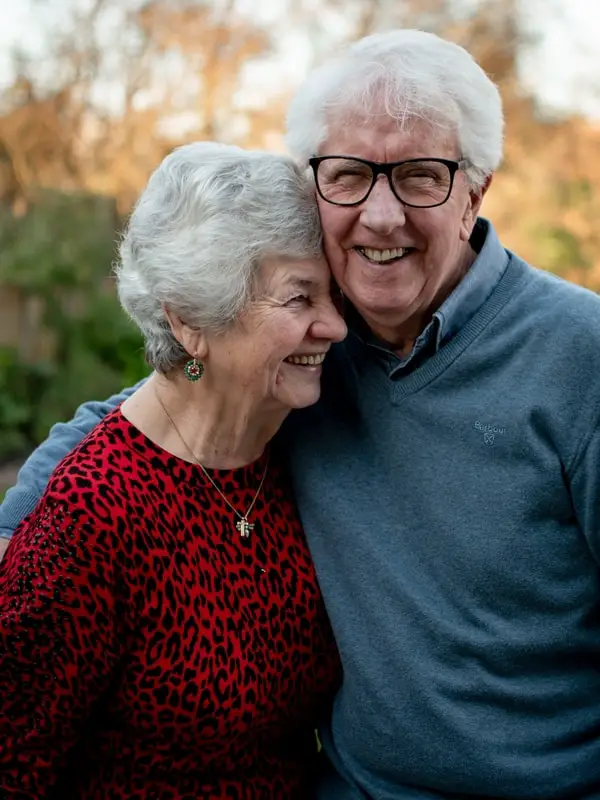
If you are suffering from this disease it may be difficult to activate these acupressure points for Parkinson’s disease alone. Assistance from family, friends, and caretakers may allow you to experience the most relief since you can fully relax during treatments. Other options are to use acupressure too for improved accuracy or to see a professional for acupuncture for Parkinson’s disease.
Si Shen Cong
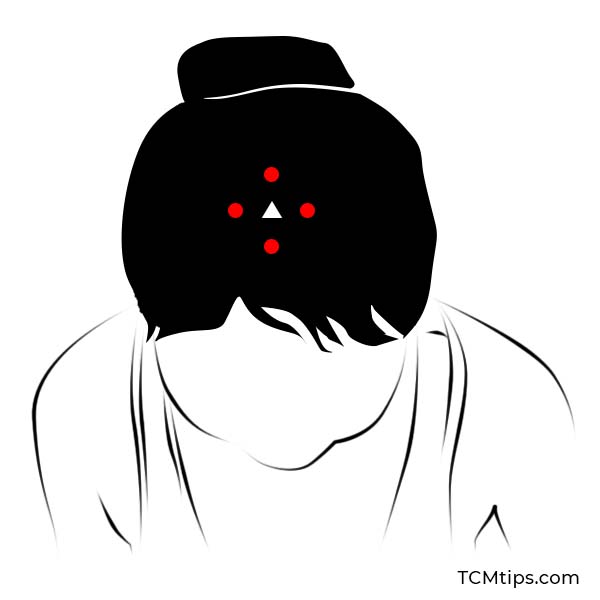
Si Shen Cong is actually a cluster of acupoints as opposed to a singular point. These points are complementary and they work in unison to relieve complications thought to originate in the brain or nervous system. The treatment of issues like epilepsy, forgetfulness, tremor paralysis, vertigo, and many more have all been historically facilitated through these acupressure points for Parkinson’s. The activation of this group of points is also thought to calm the spirit, creating relaxation and ease to the body even during the experience of Parkinson’s disease.
To locate the Si Shen Cong points, you will need to find the center point of the top of your head. Imagine that you are wearing a small crown and locate the point at which it would sit on your head. This area is also known as the vertex of the head. From that central point, the four parts of the si Shen Cong extend outwards in 4 directions, creating a circle. They extend one cun towards the face, one inch towards the back of the head, and one inch towards each ear. Once you have located each of these acupressure points for Parkinson’s disease, you can start to apply gentle pressure to each point for a few seconds. This area is covered in the bone so be sure not to press too hard as this may cause discomfort and bruising.

Acupoint: GB-20 (Other Names: Gallbladder-20/Feng Chi/Wind Pool)
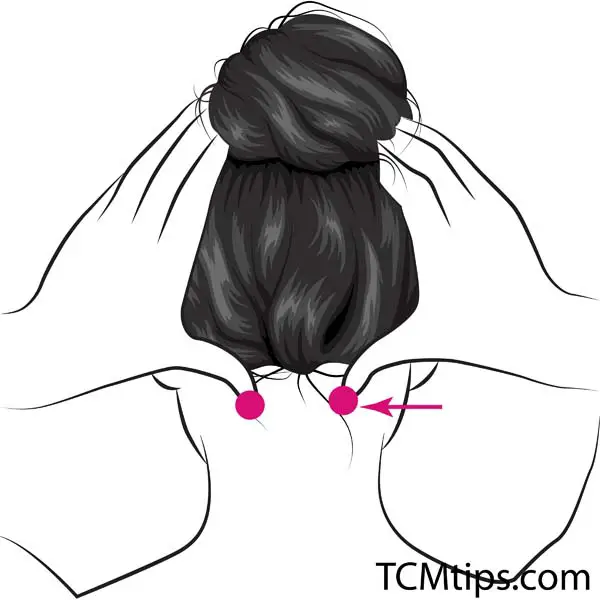
The Gb-20 is a gallbladder location known for relieving body aches and pain in the head and neck region. It starts off our list of acupressure points for Parkinson’s disease since it helps minimize some of the most nagging forms of pain caused by this disease. This point is even noted as one of the top 10 acupressure points to relieve body pains & aches due to it’s astounding ability to reduce headache pains.
This combination of two acupressure points for Parkinson’s are located at the base of the skull on either side of the first vertebrae and can be activated with slight upward and inward pressure.
Acupoint: LI-11 (Other Names: Large Intestine-11/Qu Chi/Pool at the Crook)
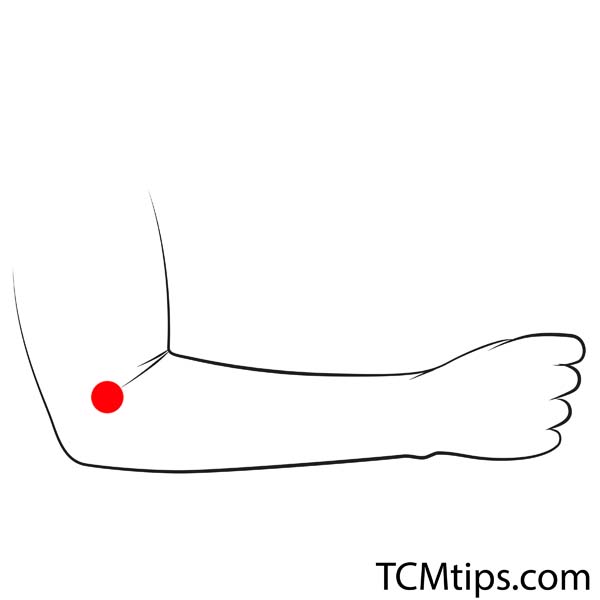
The onset of Parkin’s disease is believed to be the result of an imbalance in the body, including imbalances in the intestine, which is why the large intestine channel comes to play an important role in using acupressure for Parkinson’s. The Li-11 point is known for helping with physical pain and disorders, especially those that impact the arms, much like Parkinson’s. It is even recognized as an effective acupressure point for high blood pressure, making it effective at improving physical health in a number of ways. The activation of this point should bring relaxation and relief to the arms.
To locate the Li-11 point, start by identifying the crease that extends outward towards the elbow where the arm bends. It is above the bony part of the joint, in an area where the arm is soft. Since this area is mostly soft tissue and muscle, you can apply firm pressure to activate this acupressure point for Parkinson’s.
Acupoint: LI-4 (Other Names: Large Intestine-4/He Gu/Joining Valley)

This famous acupressure point for Parkinson’s disease is known for its ability to influence muscle movements, like those linked with contractions during pregnancy. Its influence is so strong that it is actually one of the acupressure points for kidney health and it’s recommended against during pregnancy for fear of triggering premature labor. For Parkinson’s disease, this point has great pain relief properties in relation to the discomfort caused by the muscle strain from Parkinson’s disease.
The Li-4 acupressure point for Parkonsons is located at the highest muscular point in the crevice of soft tissue that webs the thumb to the pointer finger. Its unique positioning allows you to apply firm pressure from both sides to activate the point.
Acupoint: GB-34 (Other Names: Gallbladder-34/Yang Ling Quan/Yang Mound Spring)

This point in the gallbladder channel is deeply connected with the health of the lower extremities and the intestines. These connections work double duty to relieve Parkinson’s disease-related symptoms and discomfort by restoring internal balance and releasing deep tension. This is also a top acupressure point for Parkinson’s disease because it is easy to reach and self-treat for most individuals. It is also capable of stimulating the head to improve natural functions, making it one of the best acupressure points for hair growth.
The location of this acupoint for Parkinson’s disease is located on the outer and upper portion of the calf. It exists in the depression of soft tissue in front of and below the protrusion of the fibula. The area should feel firm but not like bone when pressure is applied to activate this point.
Acupoint: Liv-3 (Other Names: Liver-3/Tai Chong/Supreme Rush)

As a part of the liver channel, the Liv-3 point is a powerful source of pain relief in the limbs. The limbs often tire and experience strain from Parkinson’s disease, making this acupressure point for Parkinson’s disease a positively impactful option for treatment. It is also noted as an efficient acupressure point for tinnitus and other psychological illnesses.
Liv-3 can be easily located on the foot by tracing the crevice from the big toe up about an inch. There you should feel a soft point between two joints and the start of a larger bone. In that soft space right before the larger mass of bone in your foot, apply gentle pressure for two to three seconds to activate the point. There are many tendons and ligaments in this area so be careful to not apply excessive pressure.
Acupoint: KI-3 (Other Names: Kidney-3/Tai Xi/Supreme Stream)
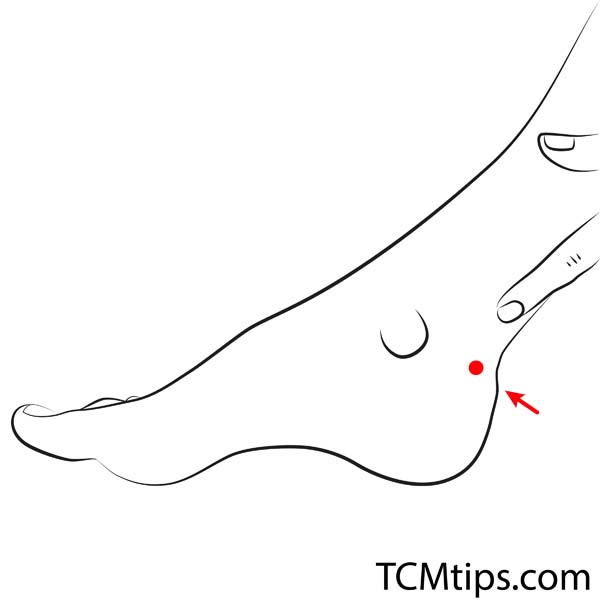
The kidney channel is known for its deep connection to musculoskeletal function and the Ki-3 point is one of the best acupressure points for diabetes. Since this is one of the major parts of the body being affected by Parkinson’s disease it only makes sense that this is a key pressure point for Parkinson’s.
To experience the tremor and discomfort relief from Ki-3 you need to locate it at the back of the heel. It exists precisely between the exterior protrusion of the ankle and the Achilles tendon, allowing you to apply pressure from both sides for activation.

Try our Anti-Aging Gua Sha Tool designed to bring out your skin’s natural glow.
Best Gua Sha Product- Anti-Aging: The tool is designed to target 11 specific aging signs such as wrinkles and sagging skin. By following the 7-step routine, users can improve skin firmness and reduce fine lines naturally.
- Enhances Skincare Routine: It works effectively with serums and lotions, boosting absorption and efficacy of skincare products.
- Visible Skin Improvement: Users can expect a smoother complexion, reduced puffiness, and a more youthful appearance.
 P. Sze
P. Sze 

















